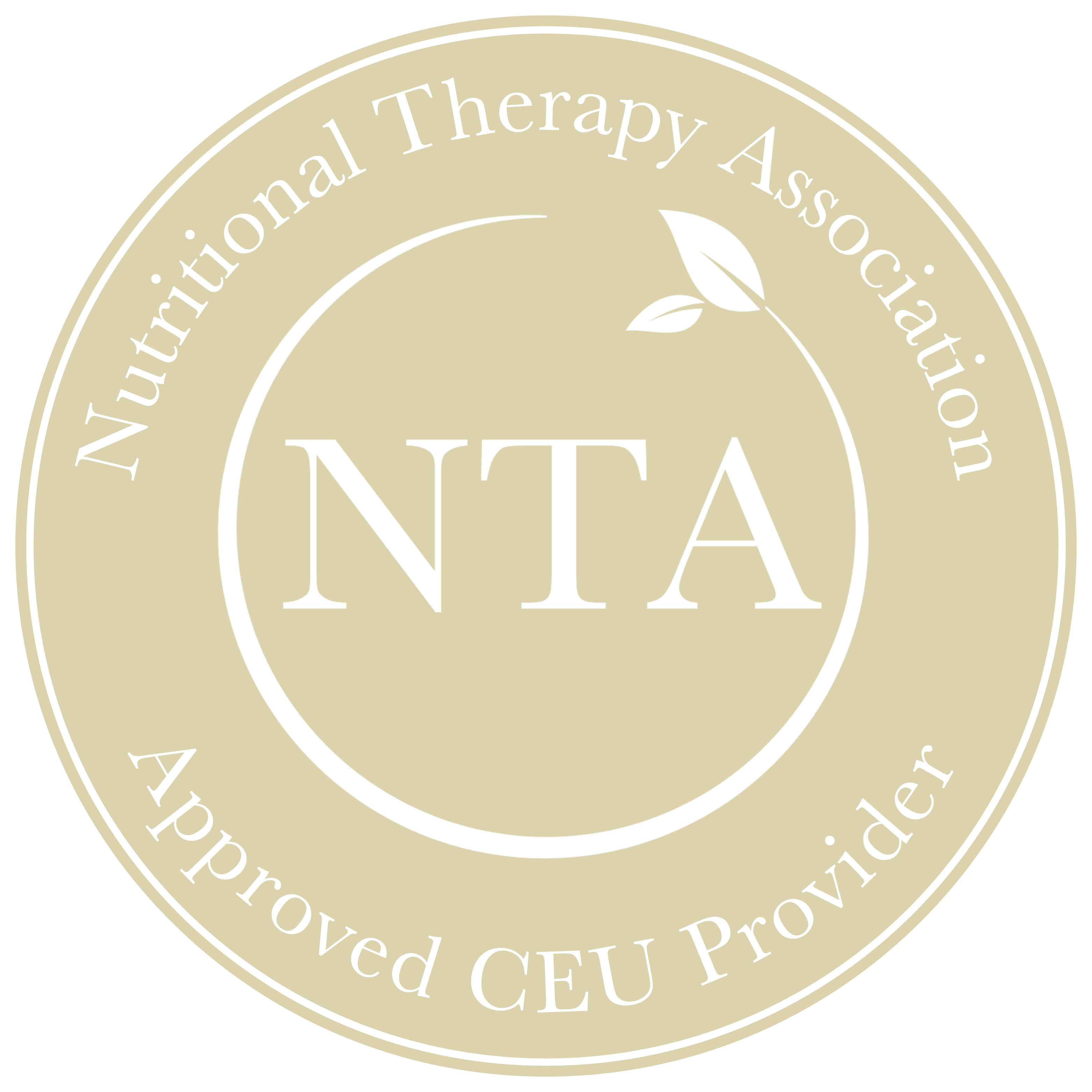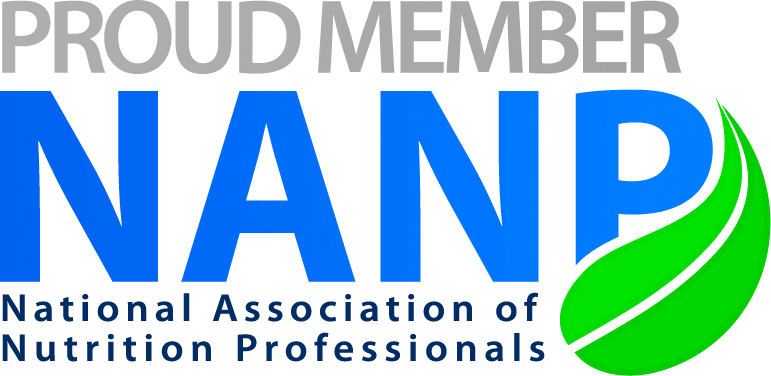A few weeks ago, I wrote about My Big Why (If you haven’t yet read it, here’s the link) – the reason I became a functional nutritionist and why I am so passionate about educating my clients and other health professionals.
In order to understand why people are so sick and tired today, we must look to the past. In part 1, I talked about how processed foods changed the course of human health. Today, I want to explore how our diet has changed the way we breathe.
Humans are the worst breathers in the animal kingdom. 1 in 13 people in the U.S. have asthma, a chronic disease where inflammation blocks the airways in the lungs causing blockage and breathing difficulties. Sleep apnea, snoring, sinus infections, and other respiratory ailments also afflict modern populations. As our diet changed with agriculture, our physiology changed as well. Foods have become softer, requiring less chewing, which causes stunted bone development of the dental arches and sinus cavity, which leads to chronic nasal congestion.
For all of these reasons, the 21st century mouth can’t accommodate all 32 teeth any longer and why so many people’s teeth come in crooked and crowded, with wisdom teeth impacted and requiring extraction. This was not true of our ancestors but as our diet has become softer, requiring less chewing, our mouths and airways have shrunk.
Breathing is more labored through narrow airways and sinus cavities. When airflow is decreased, bacteria flourish, leading to colds, infections, and more congestion. It’s a vicious cycle that repeats itself in millions of people around the globe. As a result, respiratory and dental issues affect almost every single person alive today.
Mammals have noses to warm and purify the air they take into the lungs. The ability to breathe efficiently allows us to adapt to different environments and climates. This evolution has changed dramatically over the last several thousand years with the change to our food supply. Our ancestors had expansive sinus cavities and broad mouths with straight teeth. This created wider airways that allowed for easy breathing and more oxygen intake.
Contrast that to modern humans who tend to mouth breathe. Breathing through the mouth decreases body temperature and mental clarity. Seasonal allergies exacerbate mouth breathing and sleeping with an open mouth closes off the airway even more, causing snoring and sleep apnea. Mouth breathing causes oxygen levels to fall, meaning the blood can’t carry enough O2 to support body tissues, which can lead to heart failure, depression, hypertension, memory issues and even death. It’s also extremely dehydrating as mouth breathing causes the body to lose 40% more water. This is happening all around us, and to us, every day.
Fortunately, there are answers. It starts with proper “oral posture”. Most of us are forward-prone (looking down at cell phones doesn’t help) due to our tongues being too large for our small mouths. Proper posture involves holding the lips together with teeth lightly touching and the tongue on the roof of the mouth. The head is held straight and perpendicular to the body, while breathing slowly through the nose into the abdomen.
In severe cases of collapsed airways and dentition, oral devices can be used to expand the mouth. This works best for children between the ages of 5 and 9, who are still developing.
Next, we need to chew more. Chewing triggers bone density and growth. Chewing hard, natural foods, like dried jerky, helps to widen the palate. Why in the world do we start our infants off on pureed foods from a jar? Very little is known about how our hunter-gatherer ancestors fed their tiny offspring but I imagine they were given soft bones to suck and chew on.
Lastly, we need to learn how to breathe correctly. There are breath techniques that date back thousands of years that can help us experience better health on all levels. Proper breathing feeds our cells and removes waste products. It affects heart rate, digestion, mood, and acts as a power switch for the autonomic nervous system. Even though breathing is an autonomic function we have conscious control over it and learning to breathe better offers huge benefits.
Wim Hof, the Dutch man who ran a half-marathon through snow above the Arctic Circle, shirtless and barefoot, has started a movement focused on teaching others to breathe. Other methods, like Tummo or Holotropic Breathwork, are also available to help us learn how to heal through the extraordinary power of conscious breath.
Proper breathing is life-giving and it’s free. To learn more, I highly recommend the New York Times bestseller Breath, by James Nestor. You can also turn to Youtube to learn Wim Hof’s techniques here.
To your greatest health,
Anne







